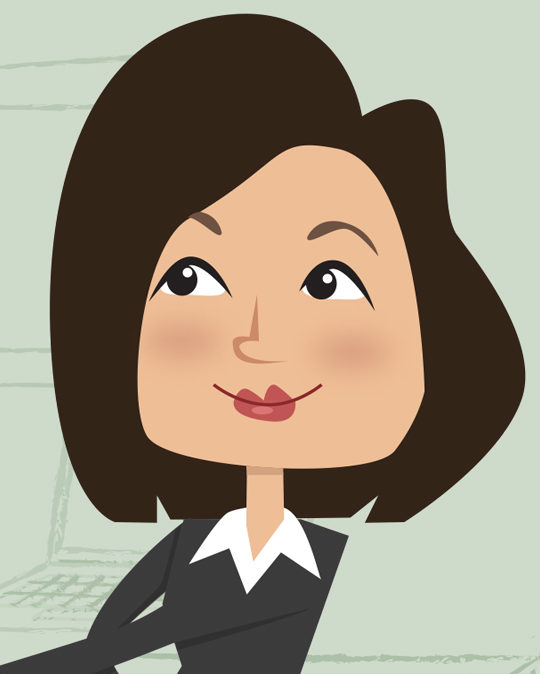
Kiyomi
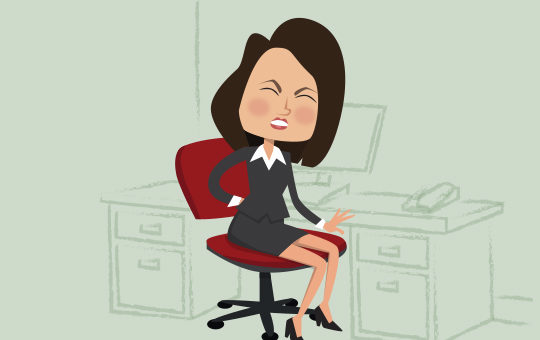
Kiyomi has had lower back and leg pain off and on for a few years but over the last year it has become a constant problem through the day. She finds it difficult to sit and focus on her work and sometimes she needs to leave early or miss a day’s work because of her symptoms.
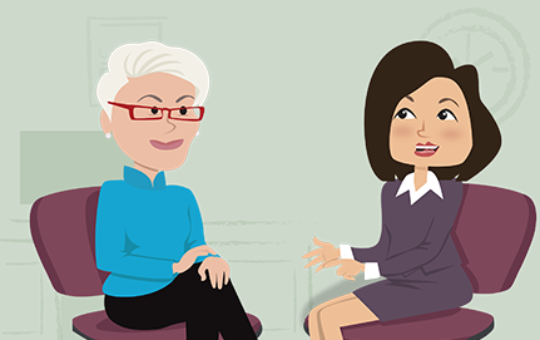
Kiyomi visits her GP who suggests she see a spine surgeon for an opinion. Once she has the GP referral, Kiyomi calls Gold Coast Spine to arrange an appointment.

Our Patient Coordinator arranges for Kiyomi to complete some forms about herself and her condition and to provide any previous radiology reports.

Gold Coast Spine’s nurse calls Kiyomi for her Nurse Health Check. The nurse collects a full picture of Kiyomi’s history relevant to her spine and general health.
Dr Scott-Young reviews Kiyomi’s information and refers her for an MRI scan and an EMG. Once the MRI scan is performed, our Patient Coordinator books Kiyomi’s appointment with Dr Scott-Young at Gold Coast Spine.
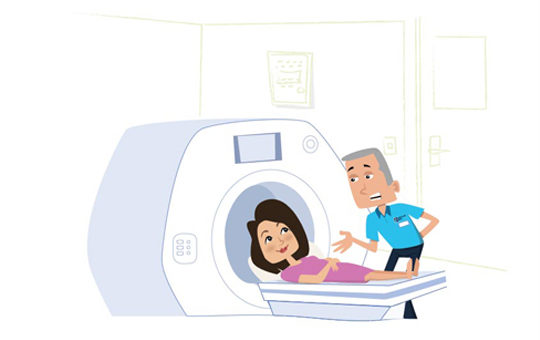
Before her appointment, Kiyomi has the MRI performed.

Kiyomi also has the EMG performed.
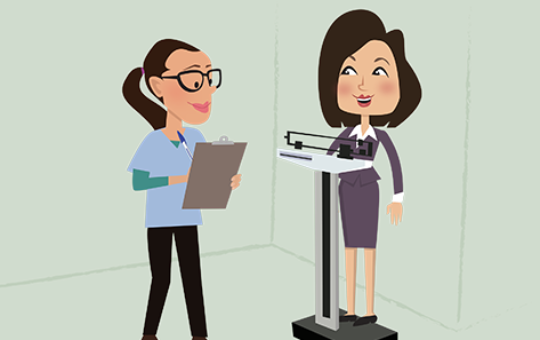
On the day of her appointment with Dr Scott-Young, the nurse checks in again with Kiyomi, taking her measurements and updating any information since the Nurse Health Check.
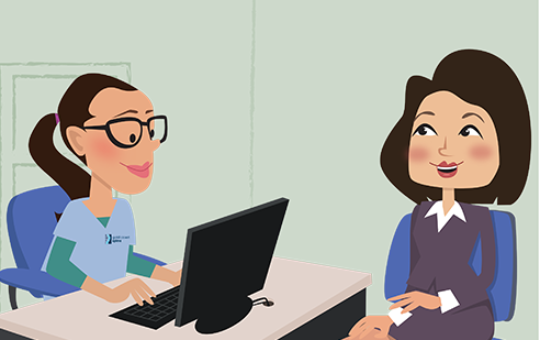
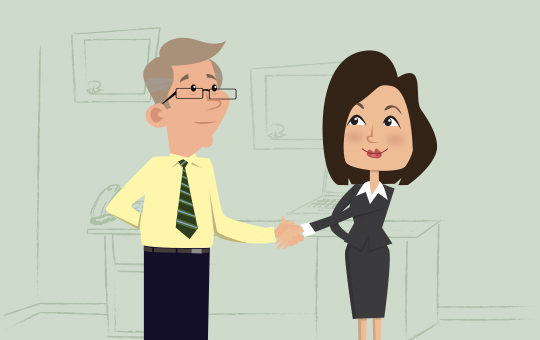
Kiyomi then attends her first appointment with Dr Scott-Young. Dr Scott-Young listens to the history of her condition, examines Kiyomi and reviews her radiology. Dr Scott-Young discusses his views with Kiyomi, answers Kiyomi’s questions and then discusses a treatment plan with her. He explains that she has some degenerative disc disease at L4-5 and L5-S1 and bilateral L5 and S1 radiculopathy, which explains her combination of back and leg symptoms.
Dr Scott-Young suggests that she undergo a physiotherapist guided rehabilitation program specifically targeted at reducing her symptoms and increasing her fitness and strength. He explains that he sees surgery as the last resort and, if Kiyomi can manage her symptoms through simple measures, she may be able to avoid surgery altogether.
A detailed letter outlining Dr Scott-Young’s recommendations goes to Kiyomi’s GP. Each time Dr Scott-Young reviews Kyomi, he updates her GP in writing.
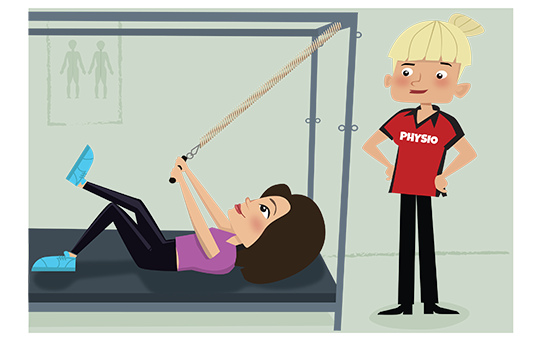
Kiyomi visits the physiotherapists at Physio Next Door for assessment and is recommended a structured Clinical Pilates program. She is also given some exercises that she can do at home.

Three months later, Kiyomi finds she can control her symptoms with regular exercise. She also continues to attend regular Pilates classes at a local Pilates studio. Kiyomi reorganises her work station and opts for a stand-up desk. Through these simple measures Kiyomi’s work and personal life return to their normal routine.
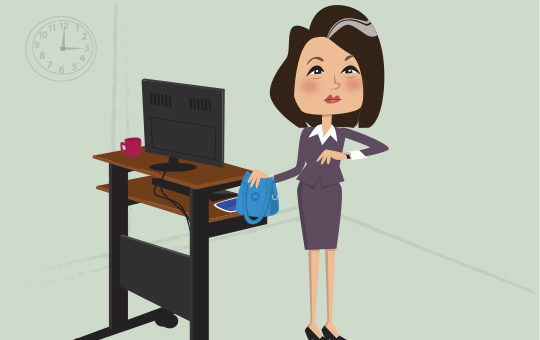
Six years later, Kiyomi’s symptoms return. She finds that she struggles to focus at work because of the pain in her lower back and legs. She goes back to Physio Next Door for some advice but her symptoms persist.
Kiyomi contacts Gold Coast Spine and our Patient Coordinator asks her to get a new referral from her GP and we get some up to date information about her symptoms.
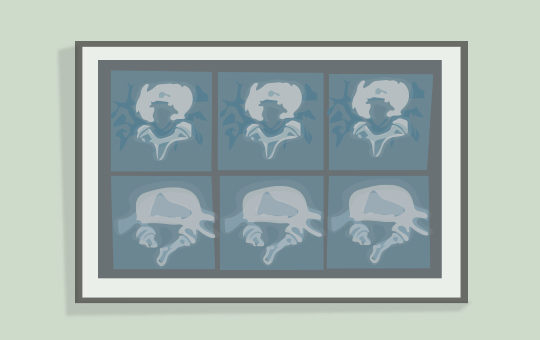
Dr Scott-Young sends Kiyomi her for an up-to-date MRI scan and is asked to have another EMG. Kiyomi is also sent for an EOS scan.
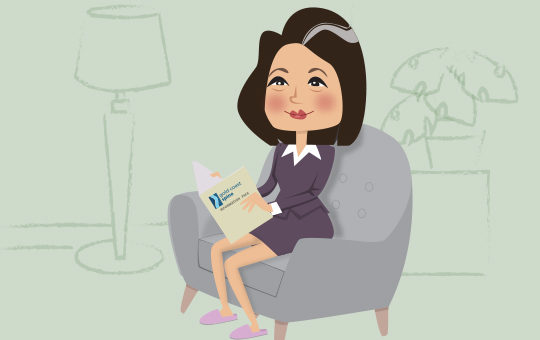
Kiyomi returns to see Dr Scott-Young and he examines her, reviews her recent history of symptoms and her new investigations. He notes that Kiyomi’s degenerative disc disease at L4-5 L5-S1 has progressed and the collapsed discs are increasing the pressure on her L5 and S1 nerve roots. He explains to Kiyomi that she has the options of continuing with the non-surgical treatment she has been using and could also consider undergoing surgical reconstruction of the L4-5 L5-S1.

Kiyomi discusses the pro’s and con’s of surgery with Dr Scott-Young and says she would like to consider a surgical solution. Dr Scott-Young recommends a combined L4-5 total disc replacement (TDR) and an L5-S1 anterior lumbar interbody fusion (ALIF). He explains this combined procedure is commonly known as the ‘hybrid’ procedure.
The surgeon gives Kiyomi some information about the surgery and she is also given a Surgical Estimate, outlining the costs of the surgery. Kiyomi takes this information home to read through and to make up her mind about having surgery.
A detailed letter outlining the surgeon’s recommendations goes to Kiyomi’s GP. Kiyomi returns to see her GP to discuss Dr Scott-Young’s recommendations.
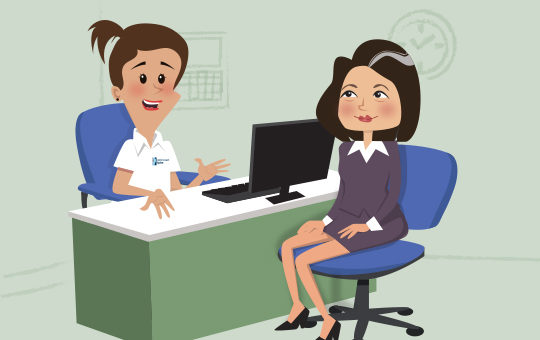
Kiyomi decides to proceed with the recommended surgery and is asked to attend another appointment with her surgeon. She brings a list of questions she has about the surgery and her return to work after the procedure. Dr Scott-Young answers her questions and also completes a detailed consent process with Kiyomi.
Kiyomi is then assisted by our Surgical Coordinators to book a surgery date and make the arrangements for her admission to hospital.
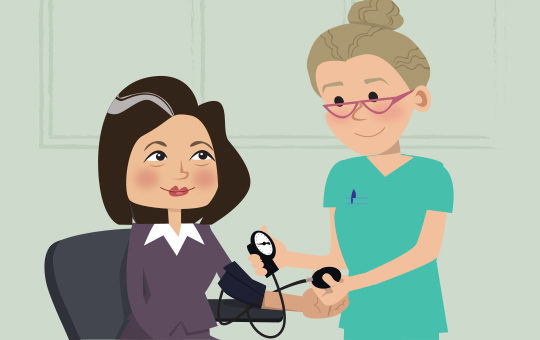
Before her surgery, Kiyomi attends the hospital’s pre-admission clinic and has tests performed. The nurse at the clinic answers her questions about what to expect during her hospital stay. Kiyomi also has some pre-operative radiology done.
Next, Kiyomi attends a pre-admission appointment with Physio Next Door. They will be looking after her in hospital and after she is discharged.
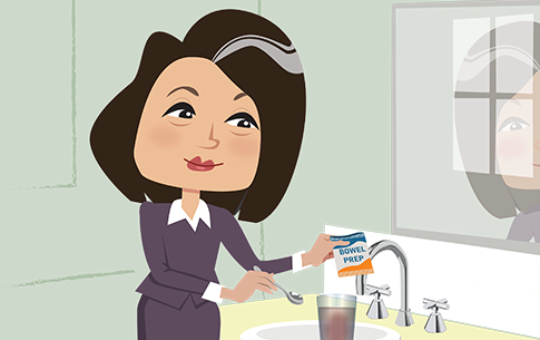
Prior to surgery, Kiyomi clears her bowels with a bowel prep solution.

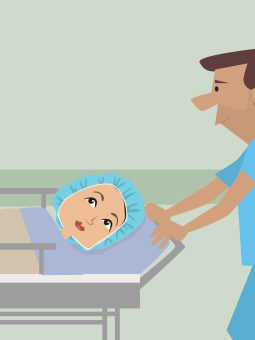
On the morning of her surgery, Kiyomi is admitted to the hospital and the surgery is performed later in the day.

During her hospital stay, Kiyomi actively participates in her recovery under the guidance of Physio Next Door.
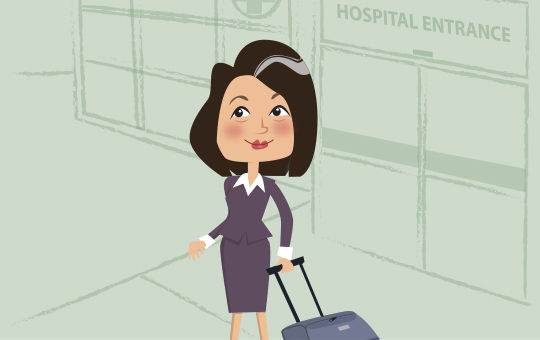
Kiyomi is discharged from hospital five days after her surgery.
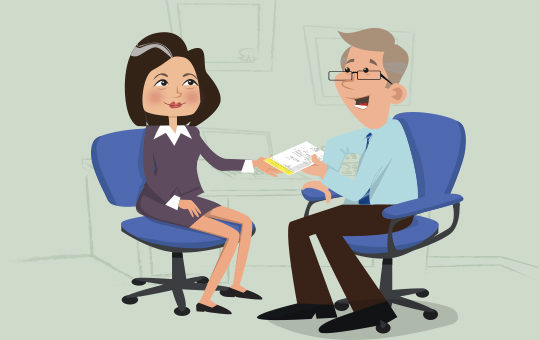
Two weeks after Kiyomi leaves hospital, she returns for review with Dr Scott-Young. Her symptoms are much better and her wound is healing well.

As well as continuing her Physio Next Door programme, Kiyomi begins to incorporate walks into her day.
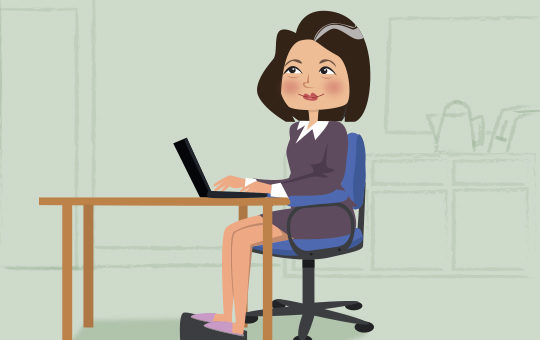
At six weeks post-op, Kiyomi is working from home, but tries to get into the office twice a week to meet with clients and her team.
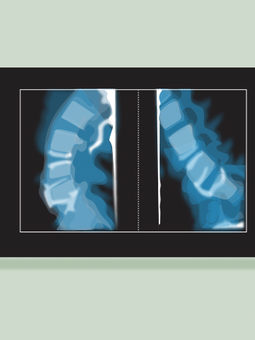

Three months after her surgery, Kiyomi has some x-rays done and sees Dr Scott-Young at Gold Coast Spine. He reviews the x-rays with her and shows her that the fusion is solid and the TDR implant is moving well. Dr Scott-Young gives her the all clear to return to full duties at work and all her usual recreational activities.
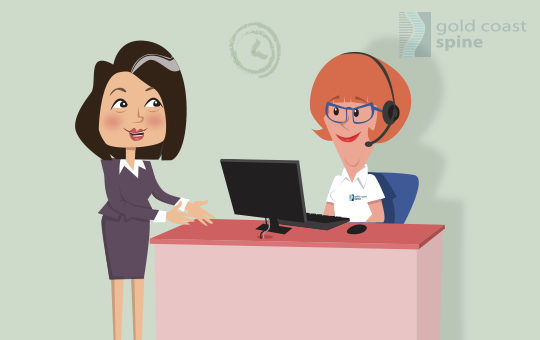
Kiyomi comes back to see Dr Scott-Young at six months post-op and, as she is doing so well, he discharges her from clinic and tells her that we will be in touch with her at one year post-op.

Gold Coast Spine contacts Kiyomi at one year post-op and sends her some questionnaires. Kiyomi completes them and sends them back to Gold Coast Spine.
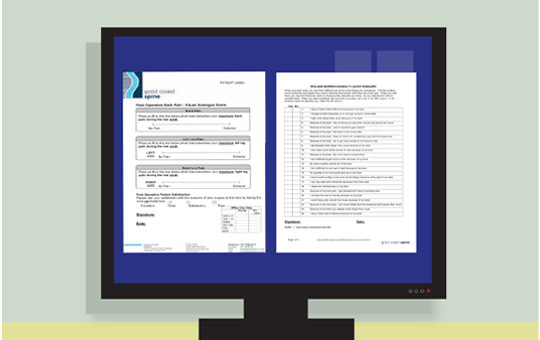
Kiyomi agreed to be part of Gold Coast Spine’s clinical research project and she is contacted annually about her back. She completes some questionnaires and lets Gold Coast Spine know how she is travelling with her health generally. This contributes to our ongoing research and also allows her surgeon to continue to monitor Kiyomi’s progress after her procedure.